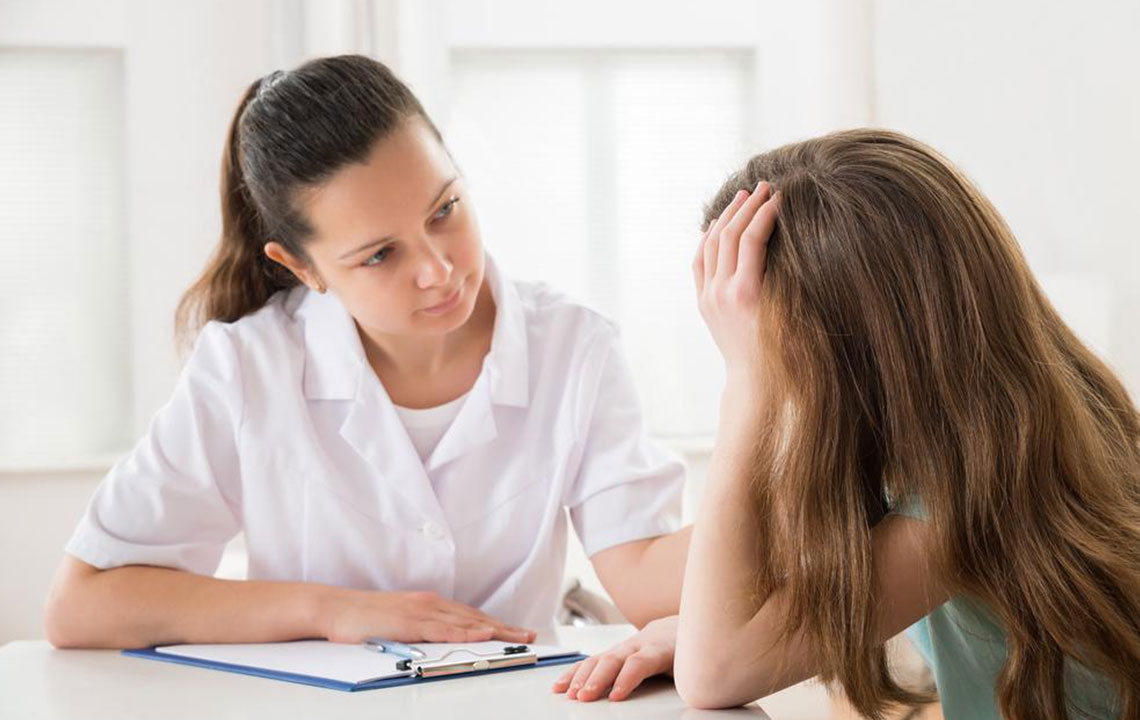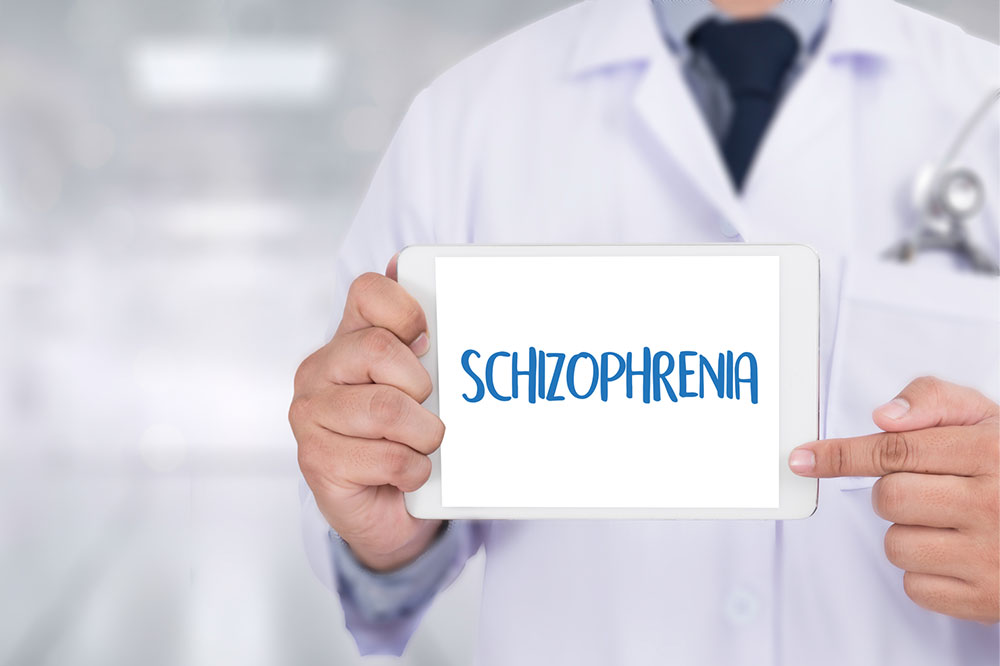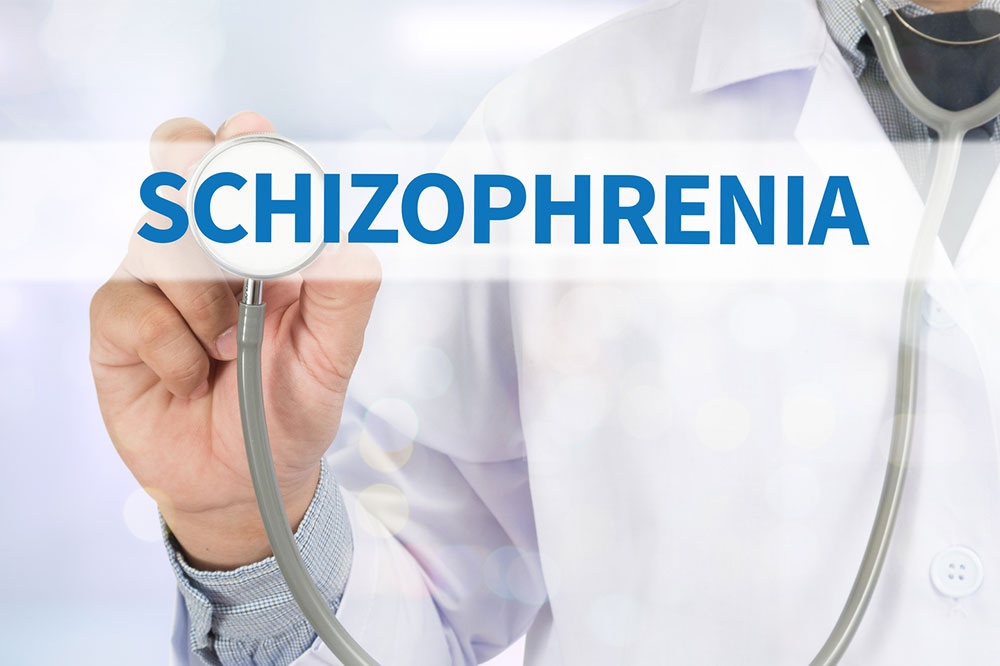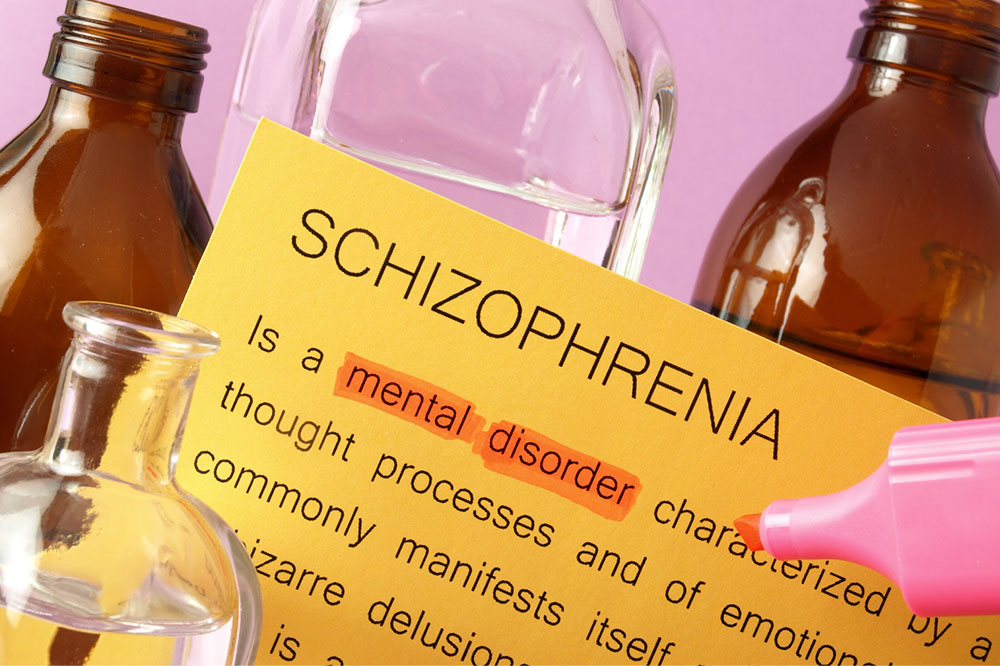Comprehensive Guide to Depression: Causes, Symptoms, and Proven Treatment Strategies
This comprehensive guide offers in-depth insights into depression, exploring its causes, symptoms, and the spectrum of effective treatments. From understanding biological factors to innovative therapies like TMS and ECT, the article emphasizes early detection and personalized intervention. Suitable for those affected or caring for someone with depression, it highlights the importance of professional help, support systems, and ongoing management to enhance mental health and overall well-being.

Comprehensive Guide to Depression: Causes, Symptoms, and Proven Treatment Strategies
Depression, medically known as major depressive disorder, is a serious and pervasive mental health condition that affects millions of people worldwide. It is characterized by enduring feelings of sadness, hopelessness, and a significant loss of interest or pleasure in daily activities. Unlike temporary feelings of sadness, depression can persist for weeks, months, or even years without proper intervention, severely impacting an individual’s quality of life, relationships, and ability to function normally. Understanding the intricate causes, recognizing the symptoms early, and exploring effective treatment options are crucial steps toward managing and overcoming depression.
Depression is a multifaceted disorder influenced by various biological, psychological, and environmental factors. Among these, brain chemical imbalances, hormonal fluctuations, genetic predispositions, and stressful life events play significant roles. The complexity of depression underscores the importance of a comprehensive approach to diagnosis and treatment.
What Causes Depression?
The precise origins of depression are not fully understood, making it a challenging condition to completely prevent. However, extensive research has identified several key risk factors that contribute to its development. These include genetic, biological, psychological, and environmental influences. People with a family history of depression are at a higher risk, indicating a hereditary component. Biological factors, such as abnormalities in neurotransmitter levels—namely serotonin, norepinephrine, and dopamine—are closely linked to depression’s pathophysiology.
Hormonal imbalances also influence depression, particularly in women experiencing hormonal shifts during pregnancy, postpartum, or menopause. Stressful life events like the death of a loved one, divorce, financial difficulties, or prolonged work-related stress can trigger depressive episodes. Additionally, trauma, neglect, or chronic illnesses may increase vulnerability. Understanding these causes helps in tailoring effective treatment strategies for each individual.
Recognizing the Symptoms of Depression
Depression manifests differently across individuals, but there are common signs that can help in early diagnosis. Recognizable symptoms typically include a mixture of emotional, cognitive, physical, and behavioral changes. Awareness of these symptoms is vital for seeking timely medical help and support. The following list summarizes some of the most typical signs:
Persistent feelings of sadness, emptiness, or hopelessness
Marked irritability, frustration, or anger over minor issues
Changes in sleep patterns, such as insomnia or oversleeping
Loss of interest or pleasure in hobbies, social activities, or sex
Fluctuations in appetite leading to weight gain or loss
Feelings of guilt, worthlessness, or excessive self-criticism
Difficulty concentrating, making decisions, or remembering things
Thoughts of death or suicide, with some experiencing actual suicidal attempts
Physical complaints such as unexplained pain, headaches, or digestive issues
Noticeable changes in personality and behavior patterns
It is important to understand that symptoms vary, and not everyone will experience all signs. Most people notice these symptoms quite intensely, affecting their daily routine and wellbeing.
Depression in Children and Teenagers
Depression in children often presents differently than in adults. Common signs include:
Reluctance to attend school or participate in activities
Withdrawal from friends and family
Loss of appetite leading to weight loss
Persistent sadness or irritability
In teenagers, symptoms may include:
Increased irritability or anger
Feelings of worthlessness or excessive guilt
Changes in sleep and appetite
Decline in academic performance
Substance use, including alcohol or drugs
If these symptoms escalate or persist, immediate professional help is essential. Early detection and intervention can prevent more severe mental health issues and suicidal risks. Support from friends, family, and mental health helplines can be life-saving.
Innovative Treatment Options for Depression
Treating depression requires a personalized approach, often combining medication, therapy, and lifestyle changes. Medical guidance is crucial to determine the most effective strategy for each individual. Conventional treatments focus on medication and psychotherapy, but recent advances have introduced alternative options that may benefit some patients who do not respond to traditional methods.
Common pharmacological therapies include:
Selective Serotonin Reuptake Inhibitors (SSRIs), such as fluoxetine and sertraline, which increase serotonin levels in the brain.
Serotonin-Norepinephrine Reuptake Inhibitors (SNRIs), like venlafaxine, targeting two neurotransmitters to improve mood.
Atypical antidepressants, which work through different mechanisms and can be used when other medications are ineffective.
Tricyclic antidepressants (TCAs), older drugs that are now less commonly prescribed due to side effects.
Monoamine oxidase inhibitors (MAOIs), also less common, but effective for certain cases.
Psychotherapy forms a cornerstone of depression treatment. Types include cognitive-behavioral therapy (CBT), interpersonal therapy, and psychodynamic therapy. Such approaches help patients identify negative thought patterns, develop coping skills, and improve social interactions. Combining medication with therapy often produces the best results.
Emerging and Alternative Treatments
For individuals with treatment-resistant depression, newer and less invasive therapies are available. These include:
Transcranial Magnetic Stimulation (TMS), which uses magnetic fields to stimulate targeted brain areas associated with mood regulation.
Electroconvulsive Therapy (ECT), a well-established procedure involving controlled electrical currents to induce brain activity resets, often used when other treatments fail.
Vagus nerve stimulation (VNS) and deep brain stimulation (DBS), experimental approaches showing promise in certain cases.
Overall, selecting an effective treatment plan depends on the severity of depression, previous treatment responses, and individual patient needs. Close monitoring and ongoing support are necessary to ensure recovery and prevent relapse. Living with depression is challenging, but with comprehensive care and proper management, many individuals find relief and regain their quality of life.





